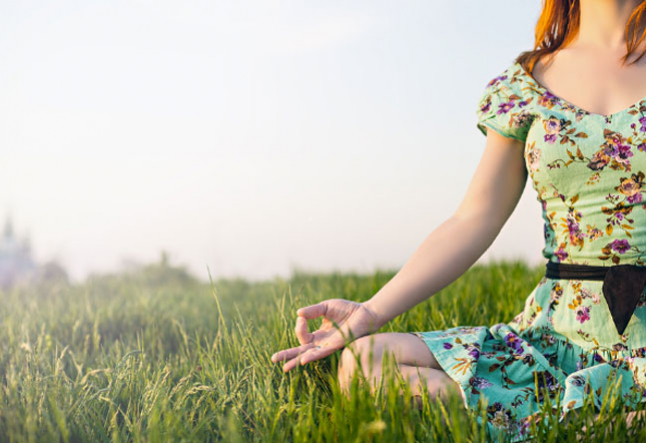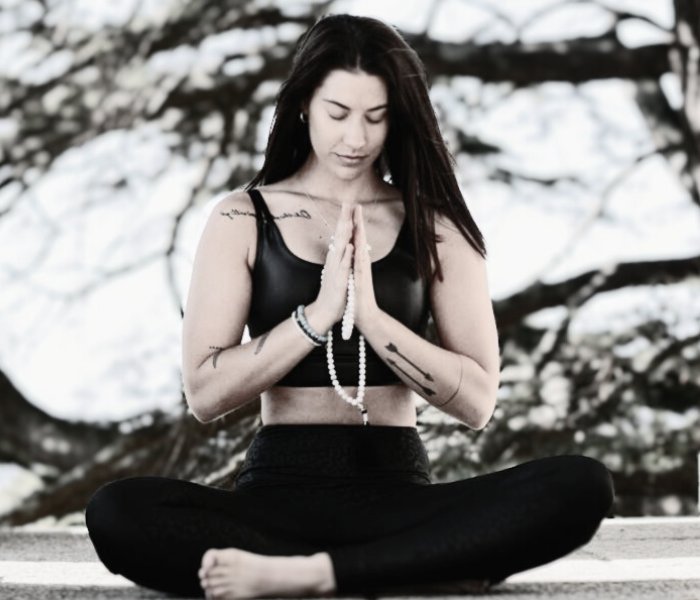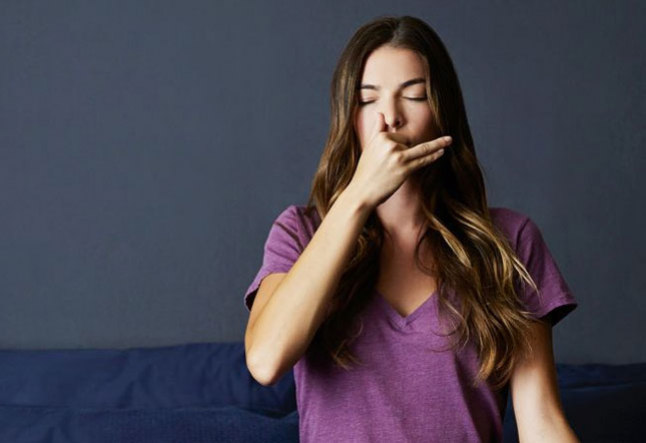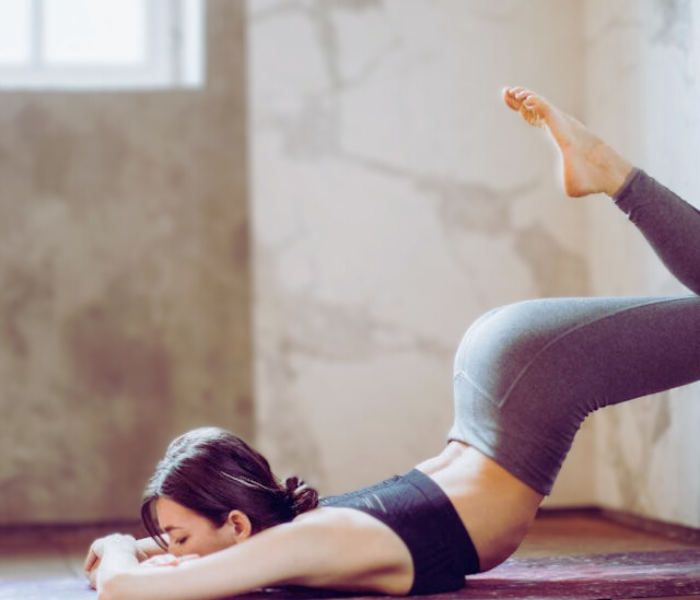how to use essential oils in yoga therapy

essentials oils for yoga
Thinking about introducing essential oils into your yoga therapy? While yogic meditation can indeed involve sensory exploration, you might be on the fence about introducing a scent that may overwhelm or disrupt the flow of your students. Learning more about essential oils, which work well with yoga therapy, and how to use them, could be just the thing you’re looking for to enhance yoga therapy.
What are essential oils?
As they hold the “essence” of the plant from which they are derived, essential oils are potent, fragrant oils typically produced by the distillation of raw plant materials including leaves, flowers, root, and bark. Their popularity as an alternative medicine (via aromatherapy) have led more and more commercial enterprises, from yoga studios to big box stores, to carry them – you’ve likely seen small tinctures before of peppermint, lavender, tea tree, or eucalyptus essential oils in a store near you.
Essential oils contain naturally occurring compounds which offer myriad health and wellness benefits – they might act as natural antiseptics, aid digestion, relieve feelings of stress, improve mental clarity, heighten concentration, and reduce feelings of anxiety and depression. Also known as volatile or ethereal oils, essential oils make up a powerful, organic instrument in the journey towards natural healing and wellness. For aromatic purposes, essential oils are typically diluted in a carrier oil or water, and diffused, burned by candle or incense, or used in massage.
Which essential oils marry well with yoga?
While it is easy to assume all essential oils help foster relaxation and positive moods, there are specific benefits to each depending on the compounds generated within it. For example, peppermint, rosemary, eucalyptus, and sage smell amazing but their effects fall more in the focus, memory, and concentration improvement realm (because of the “eucalyptol” compound they contain). This may be helpful when conducting yoga for seniors poses with elderly adults to aid their retention and help them focus on balance and coordination.
When it comes to optimizing an environment for relaxation and calm, however, essential oils like lavender, sandalwood, bergamot, and frankincense are often sought after. In addition to helping the brain relax and de-stress, combined with yoga movements, deep breathing, and meditation, these essential oils can help release nervous tension, induce positive thoughts and feelings, promote a sense of feeling grounded and centered, as well as clear away irritability, impatience, and brain fog.
Not quite sold? Look at the science. A 2017 study revealed that a 5 minute massage with lavender essential oils actually reduced anxiety levels as well as heart rate and blood pressure for critical patients in an ICU setting.
And a 2016 systematic review examining 12 different studies looking at the use of aromatherapy with essential oils for pain management found that there is a significant positive effect in reducing pain with aromatherapy. Another 2017 study tracked significant stress-reducing results from nasal exposure to the specific Artemisia montana essential oil.
How do I use essential oils in yoga therapy?
There are a handful of ways yoga practitioners are integrating essential oils into regular yoga therapy. Most commonly, aroma diffusers are placed in the room to emit a mist of essential oils diluted in water (sort of like a humidifier). This can ensure the you have more control over the strength of smell your essential oils emit as you control the number of drops you put in and how long the diffuser is on.
Essential oil mists in small spray bottles have come to popularity as well in yoga therapy as practitioners can easily spray their mat with a light amount of essential oil to infuse their personal space with it (and even clean and kill germs). Some yoga teachers may anoint or lightly rub essential oils on students when they lay down into shavasana, while others incorporate it into massage or simply wear a vial which can be opened to inhale vapors through the nose.
Burning candles and incense with essential oil scents still works too though its efficacy has not been thoroughly measured against diffusing and those methods typically result in much stronger scent sensations.
Bottomline
There are definitely right and wrong ways to use essential oils. Remember, yoga therapy is in part about self-actualization and understanding your own being in the world around you. If the world around happens to find lavender too stimulating or unsettling, using it in yoga therapy for others will not be beneficial.
Be mindful with essential oils, seek out more knowledge and recommendations from essential oil specialists, and find out what your students do and don’t like when it comes to aromatherapy. Enhancing your day to day yoga practice could be but a whiff away!
You might also like to learn all about sandalwood.



